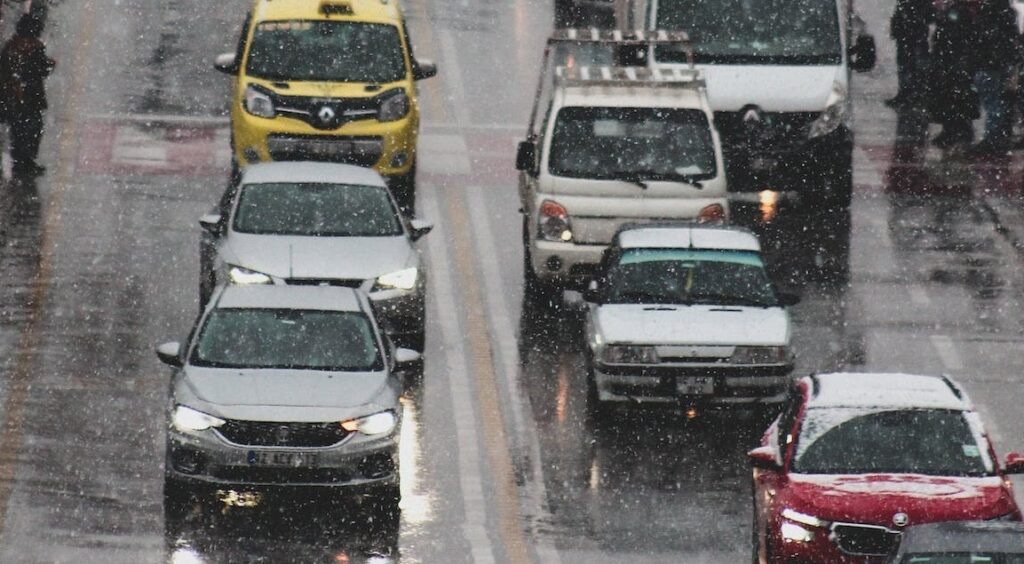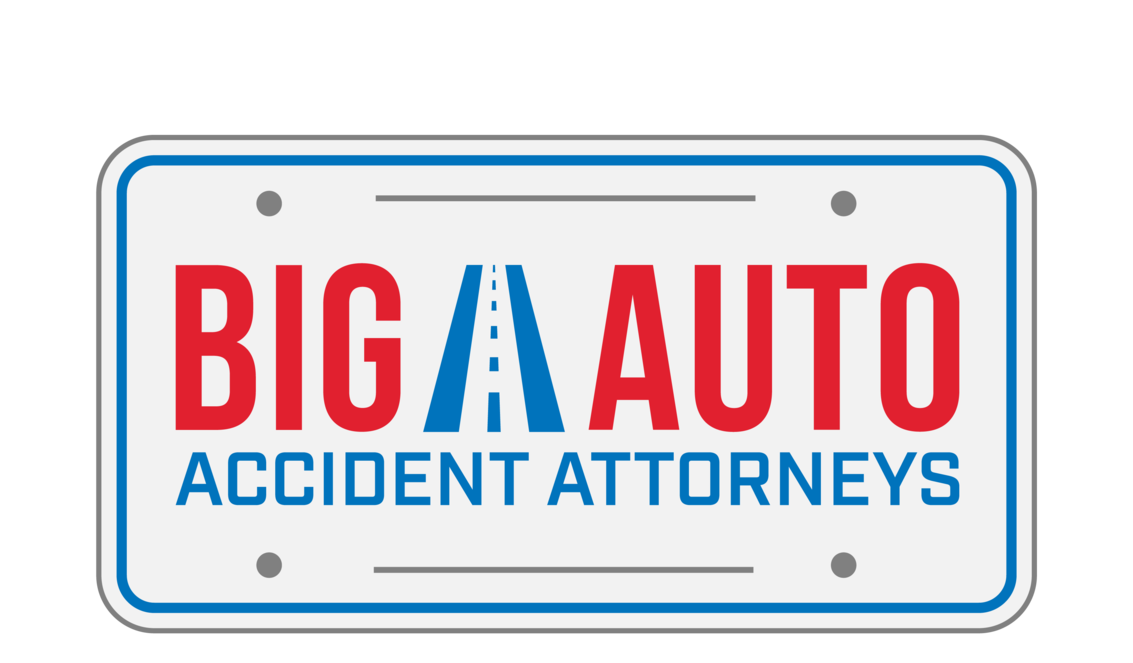How Is Fault Determined in a Multi-Vehicle Car Accident?
FREE CASE REVIEW
Determining fault in a car accident can be difficult even when there are only two vehicles involved. When there are multiple vehicles in one accident, the situation becomes even more ambiguous. Whether fault exists and to what extent needs to be investigated, and then fault should be assigned to a specific party. Situations, where one or more of the drivers is practicing negligence, reckless driving, or even intoxication, are high-risk for these types of accidents.
Fault is a central factor in deciding the amount of compensation in a claim. Insurance holders often have the responsibility to provide coverage for the vehicle owners who were not at fault, so it is in the best interest of each one that their client not be found primarily responsible for the accident. In states like Arizona without no-fault policies, drivers will not be able to receive coverage if they are found at fault for the accident.
Legal Principles Involved
Often, car accidents occur because of negligent driver behavior. For example, failing to use a turn signal, not adhering to traffic signals, or use of cell phones while driving could all be considered negligent behavior. There are two types of negligence considered in auto accidents:
- Comparative Negligence: If you are considered to be more than 50 or 51% at fault for the accident, you may not be able to receive compensation from the other driver.
- Contributory Negligence: Contributory, or pure negligence, dictates that any party who bears responsibility for the accident at all will not receive compensation.
Special Considerations
In the case of multi-vehicle accidents, there are a few items to take into consideration when it comes to negligence, because fault can be divided into two or more parts.
For example, a rear end-collision could involve multiple vehicles crashing together because of the sudden stop of the first driver. In this case, it may be determined that the first driver was primarily responsible.
In another case, pile up car accidents, there may be fault assigned to multiple or no parties. Extreme weather conditions, such as icy roads, are often the primary cause of these sorts of accidents. As such, it could be that all drivers practiced responsible behavior and the accident was beyond their control.
Process of Fault Determination
Authorities may determine that only one of the drivers was responsible, or that each of them had some responsibility in the accident. Here are some ways that fault is determined:
- Drivers present at the scene are the first witnesses to the accident and . At times, drivers can resolve where fault should be placed between themselves. However, issues arise when there is disagreement about whose fault the accident was, and there may be misunderstanding or even dishonesty about what actually occurred. With three separate versions of the story, this way of determining fault can be tricky.
- Investigation by the authorities, in which the police take possession of evidence at the scene of the accident in order to determine what happened at the accident, who was primarily to blame, and which drivers suffered the most damage. For example, they may examine vehicle damages, skid marks on the road, or any dashcam footage there may be.
- Insurance adjusters also investigate and assess accident scenarios by working with the police, reviewing accident reports, and interviewing involved parties.
Depending on the situation, you may decide to file an insurance claim against one or more of the drivers. This process can be lengthy as the insurance company may be reluctant to concede that the accident was their driver’s fault. Filing a claim requires patience, but may lead to you receiving compensation for an accident you didn’t cause.
You are required to speak with law enforcement, and with your own insurance company should you decide to file. However, remember, you are not required to communicate with the other drivers’ insurance adjuster. They typically have the goal of getting you to say something which will make it easier for them to claim that their driver was not at fault for the accident, or to accept a low claim payment if their driver is at fault. The other insurance company will likely attempt to contact you immediately about the accident, and a legal professional can assist you in knowing how to communicate with them should it be necessary.
Challenges in Determining Fault
There are challenges in determining fault in multi-vehicle accidents due to the difficulty of piecing together actions leading up to the accident. Each driver, of course, has their own perspective on what happened in the accident, and may provide conflicting accounts. Some evidence used by the authorities, such as vehicle damage, may not suffice to determine fault. For example, it is not always the case that the driver that sustains the most damage was not at fault.
Tips for Drivers Involved in Multi-Vehicle Accidents
There are a few immediate steps to take following an accident that can help you both to stay safe and have an easier time later on with your insurance company and with the legal process. Firstly, check yourself for injuries and call the authorities, including any medical emergency services, that anyone involved in the accident may need. Next, be sure to take photos of the scene, and of any damage that occurred to the vehicles. At the scene of the accident, avoid admitting fault initially. You should seek out legal counsel to determine how you might be held accountable for the accident.
Working through the process of determining fault and potentially filing a claim against other drivers can be stressful and confusing. Here is a summary of what to know about being involved in multi-vehicle accidents:
- Practice careful driving to avoid causing dangerous situations and prevent accidents from occurring in the first place.
- Stay informed about local traffic laws in order to both adhere to them and recognize when they are being broken.
- Take photos of evidence and the scene and keep track of both medical documentation and repairs to your vehicle, which will be relevant in determining a final settlement.
- Avoid admitting fault or placing blame on other drivers at the initial scene of the accident. Focus on gathering information and getting everyone’s safety needs met.
- Cooperate with local law enforcement at the scene of the accident and throughout the investigation.
- Seek legal counsel following the accident to understand the insurance and legal processes, and to ensure the best outcome possible for yourself and your vehicle.
Experiencing a multi-vehicle car accident can be frightening and confusing, particularly because they do not tend to be minor accidents. Due to the multiple factors and parties involved, the outcome of any two multi-vehicle accidents will look different. Each individual will have their own insurance policy and need to adhere to those regulations.
If you’ve recently experienced a multi-vehicle accident, time is of the essence. You should find out all your options related to seeking compensation, and make an informed decision as to whether or not a lawsuit could be beneficial. If you need help with this process, don’t hesitate to contact Big Auto Law today. We’ve helped many Arizona drivers just like you after serious accidents, and we’d love to help make this tumultuous time in your life a bit more manageable.


